Letter from Barcelona
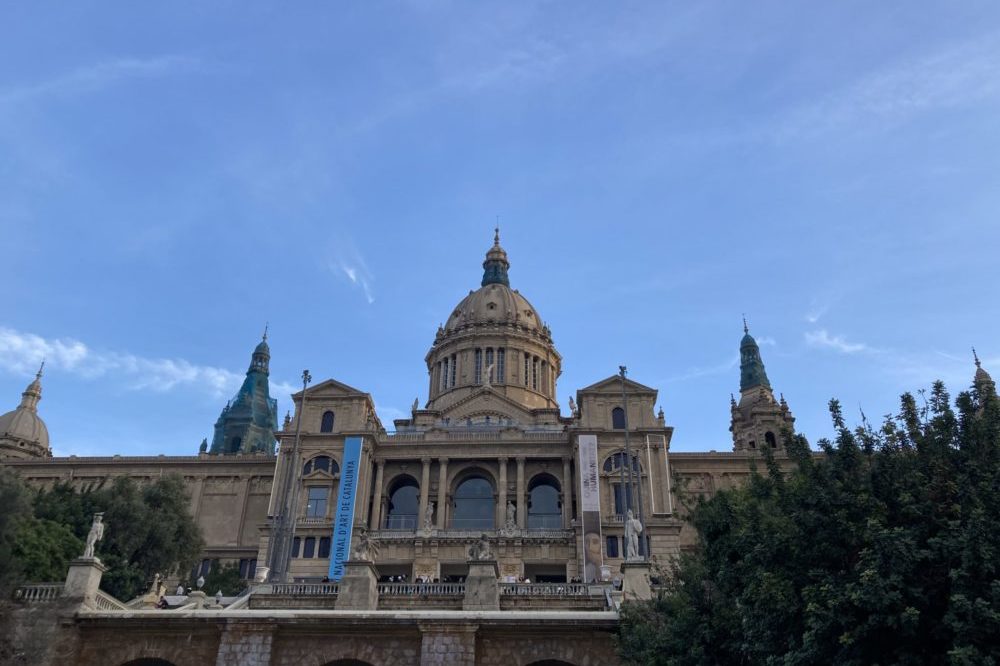
Jon Gower finds out that the greatest nineteenth century photographer in Spain happens to be Welsh.
The Museu Nacional D’Art de Catalunya, the National Museum of Catalan Art is strikingly housed in a neo-baroque palace on a broad, shallow hill called Montjuic in Barcelona.
It commands fine views over the city and inside the former Royal Palace you can enjoy a thousand years of art, from the best collection of Romanesque mural paintings in the world to a representative display of Catalan modernist works by the likes of Casas and the city’s beloved visionary architect Gaudi.
The latter’s dizzily imaginative and unfinished Catholic church, the Sagrada Familiar is perhaps the one building most people associate with Barcelona, a concrete confection with Gothic spires reaching up to the heavens.
Welsh photographer
So it came as some surprise to find that among the works at the National Museum by the likes of El Greco, Picasso, Velasquez and Marià Fortuny there were some by a Welsh photographer, Charles Clifford, in this case some of his views of Barcelona.
Some believe him to be the greatest photographer working in Spain in the mid-nineteenth century and as his name was entirely unfamiliar to me some detective work was called for.
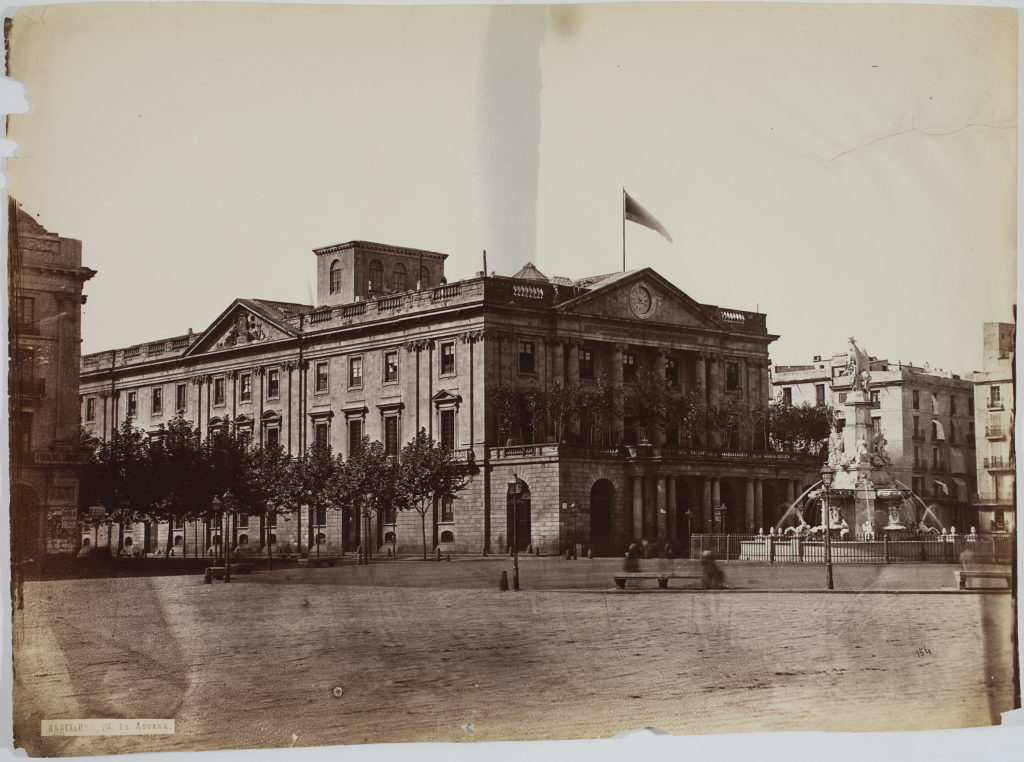
South Wales
Very little is known about Clifford’s early life, beyond the fact that he was born in south Wales around 1820.
Details of his education are lost in the Celtic mists of time, from which he seems to step out fully formed as a photographer into the bright Spanish sun.
We first find him settling in Madrid in the early 1850s and working, daringly, as an aeronaut taking part in balloon shows.
Shortly afterwards, a series of advertisements in the local press announced his first photographic studio.
He worked as a portrait photographer for a couple of years but then fell on lean times and had to sell his first studio in Pasaje de Murga in 1852.
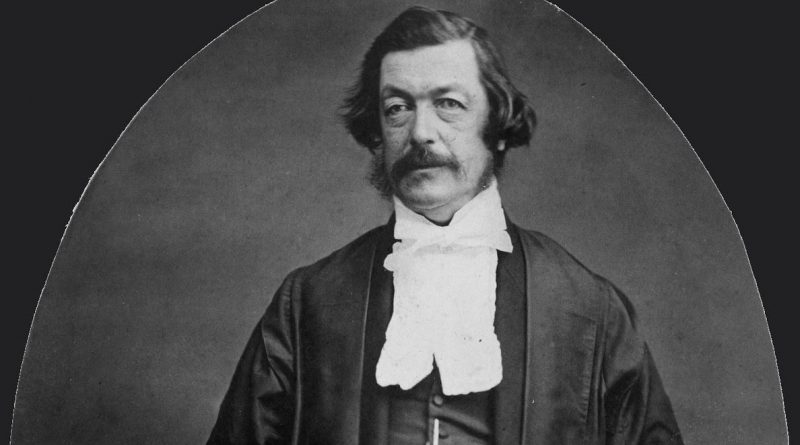
New techniques
He went to England to learn new photographic techniques such as daguerreotype, calotype and wet plate collodion imaging and to buy the necessary materials with which to put these into practice. He then returned to Spain where he travelled widely.
By 1854 he was showing 12 Spanish views in Voyage en Espagne in 1854, at the first exhibition of the Photographic Society in London, along with Vistas del Capricho, which included views of the royal palaces.
Back in Spain he continued to range the country, visiting Madrid, Salamanca, Segovia and La Granja, the last three places being virtually unknown to the British public at the time. In this sense they were revelatory, expanding the sense of a country.
A changing country
From then onwards, Clifford’s photographic activity increased substantially.
He carefully photographed buildings, places and monuments, collaborating on occasion with the Spanish Royal Family and government in attempts to chronicle a country on the cusp of change, still managing to preserve its traditional customs in spite of its recent modernization and development.
In his photography Clifford managed to reconcile the “old” with the “new”, a role he carried out conscientiously until his death.
Clifford specialised particularly in the photography of architectural subjects and industrial projects and his work is particularly notable for his technical mastery of the large format view.
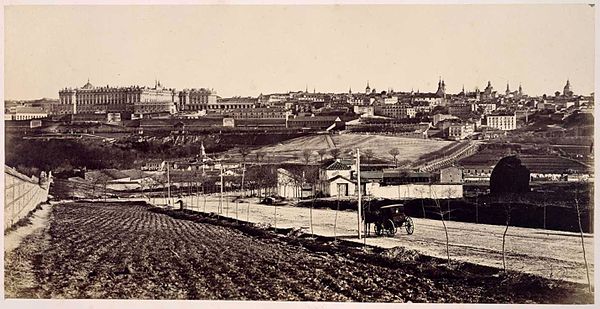
Scramble
The account of his far-ranging Spanish travels, based on personal notes, along with his experiences and observations, constitute the two volumes of A Photographic Scramble through Spain, published in London in 1861.
This contained a series of 159 prints commissioned by Queen Victoria, Prince Albert, the King and Queen of Spain, the Emperors of France, Russia and Austria, the Duc de Montpensier, among others.
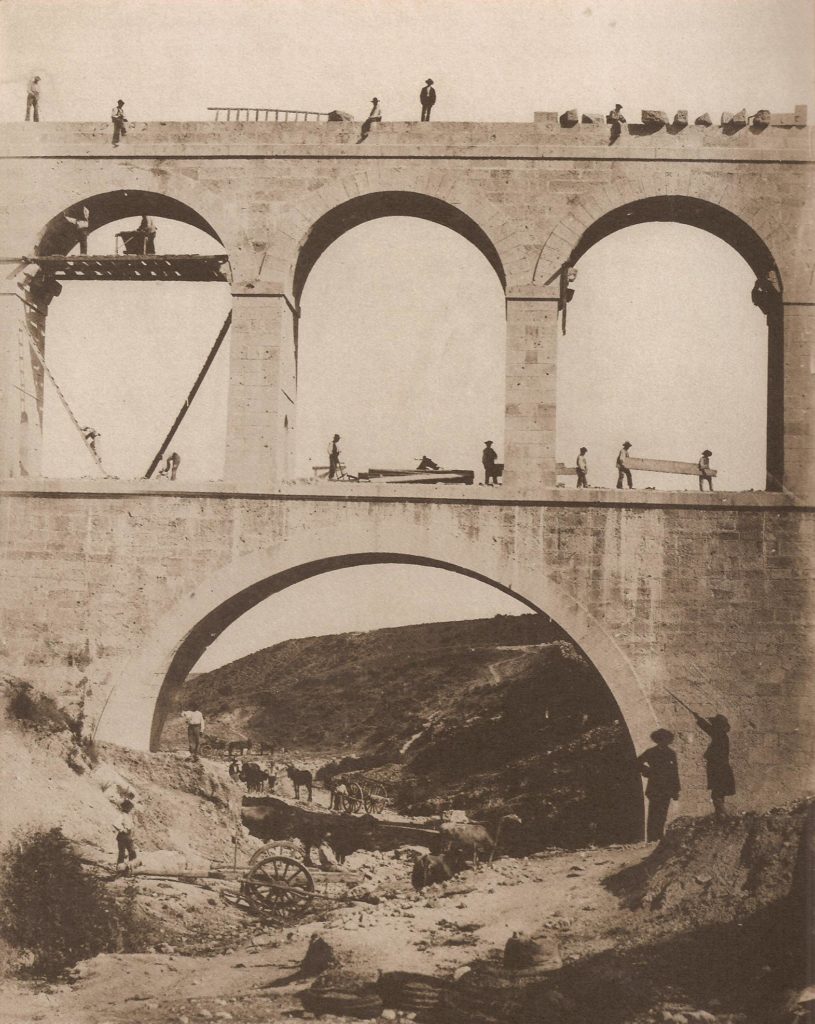
Travel literature
At the time of Clifford’s “scrambling” around the country travel wasn’t considered to be easy or straightforward.
The Spanish academic Rachel Bullough Ainscough has suggested that ‘The attractiveness of Spain as a relatively unknown and new destination for travellers was rapidly increasing outside its borders. Clifford took advantage of the popularity of travel literature to introduce the idea of a pleasant and attractive country in the minds of the British readers, with a view to attracting them towards his photography. If the reader liked Spain they would perhaps like to have a photograph of Spain.
“The Scramble is a short book in comparison to others of the same genre. The feeling we have when reading the account is that Clifford leads the reader from one place to another as quickly as he can in an attempt to show as much as he can of Spain in a minimum number of pages, stopping occasionally to describe in great detail customs he finds interesting or which have appealed to him for some reason, but which he has been unable to show photographically.”
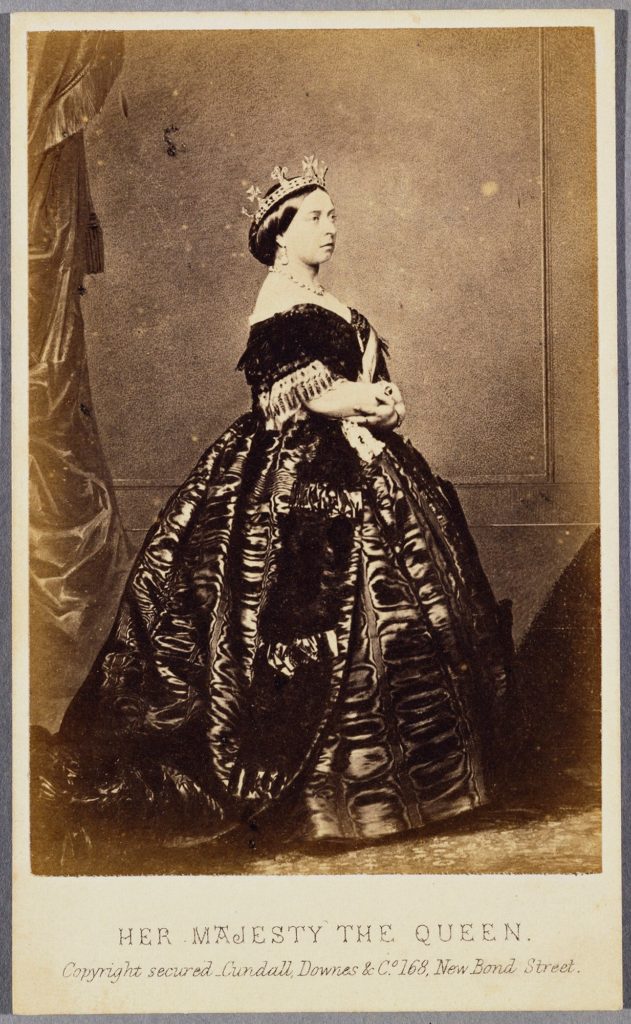
Royal appointment
Queen Victoria and Prince Albert are known to have purchased some of Clifford’s Spanish photographs in 1854.
Although known mainly for his collections of photographs of landscapes, monuments and public works, he was commissioned to carry out a portrait of Queen Victoria at Windsor Castle (her notes in her Journal for 14 November 1861 state she was ‘dressed in a velvet evening dress, with diadem & jewels’ and was ‘photographed for the Queen of Spain by Mr Clifford.’)
Isabella II
His burgeoning reputation led to Clifford becoming the official court photographer to Isabella II and he accompanied the Spanish Queen on a number of royal tours within the country, especially as she visited Andalucia in the south of the country, tours on which she frequently gave away presentation albums of Clifford’s photographs.
To help consolidate his growing reputation the Société Française de Photographie in Paris exhibited four hundred of Clifford’s images in 1856.
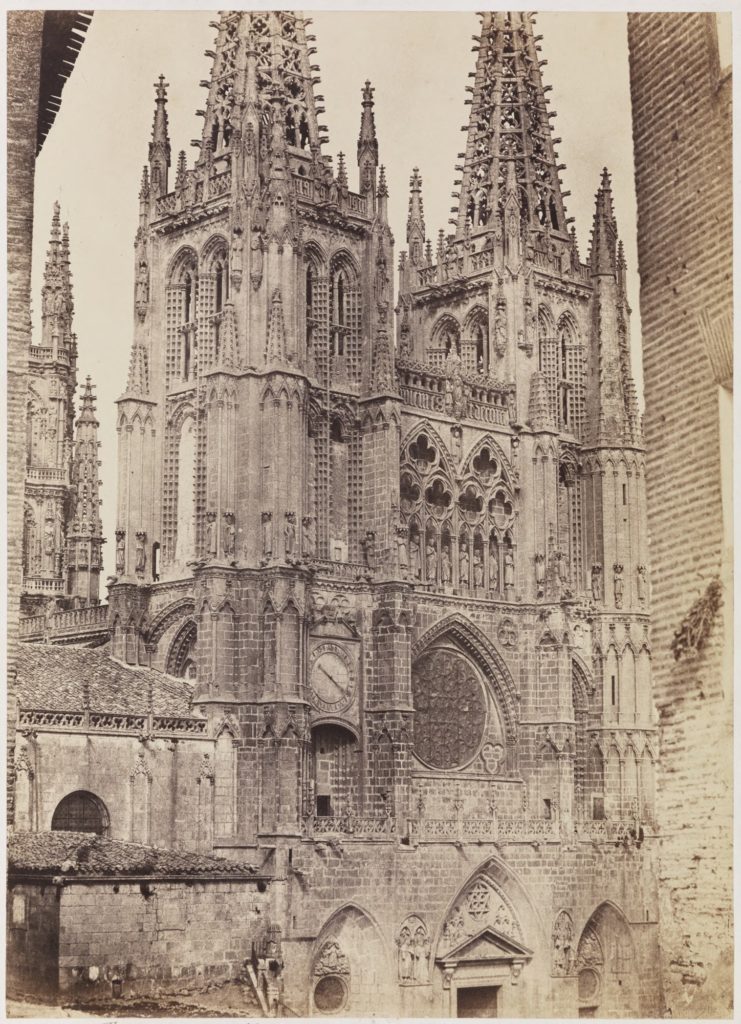
His unusual treatment of architectural spaces has made Charles Clifford one of the most famous 19th century photographers in Spain.
Clifford died of an aneurysm on the 1st January 1863 and he is buried in the British Cemetery in Madrid, where just the headstone remains of his tomb.
But his work lives on in the hundreds of photographs housed in collections all over the world, testament to his commercial nous and keen and attentive photographic eye.
Support our Nation today
For the price of a cup of coffee a month you can help us create an independent, not-for-profit, national news service for the people of Wales, by the people of Wales.






